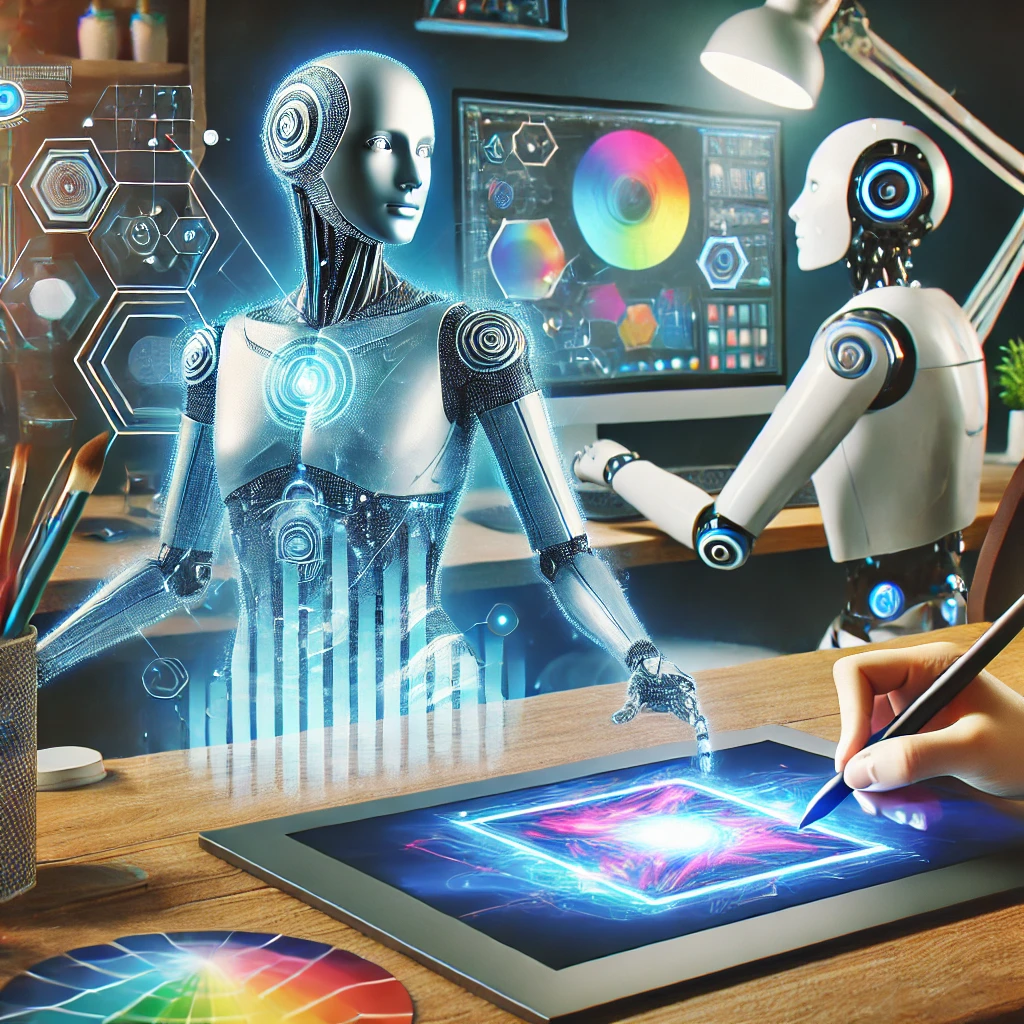With every new technological innovation, there is the usual fear that it will automate human jobs. The same anxiety has appeared in the design sector with the emergence of AI-driven tools such as Adobe Firefly, Midjourney, and Canva’s Magic Design. Does this mean human graphic designers are disappearing? Let’s find out about the reality of AI in design and what it portends for the future of creativity.
The Rise of AI in Graphic Design
AI has made design more accessible. From automating repetitive tasks to generating entire visuals in seconds, AI has undoubtedly changed the industry. Brands and individuals with no design experience can now create logos, social media posts, and even full-fledged marketing materials with just a few clicks.
Software such as Midjourney and DALL·E can create incredible imagery from text prompts, and AI capabilities within Canva enable designers to make beautiful designs within minutes. The use of AI is therefore a great choice for startups and small firms in need of instant, affordable solutions.
The Limitations of AI in Design
But AI has its limitations. Although it is good at repeating patterns and crunching enormous data, it cannot be as creative, emotionally rich, and strategic as humans. Here’s why human designers are still superior:
Originality & Innovation: AI designs using available data, so it cannot really innovate. Human designers, however, break rules, test boundaries, and come up with novel ideas beyond the capability of algorithms.
Understanding Brand Identity: Design isn’t aesthetic—it’s narrative. Human designers immerse themselves in a brand’s values, target audience, and message to craft visuals that resonate on a higher level.
Emotional Connection: The most effective designs touch the heart and communicate something. AI can trend-follow, but it doesn’t have the personal experiences and cultural understanding that drive compelling design.
Problem-Solving Skills: AI can aid in design implementation, but it can’t substitute human intuition and problem-solving. Great design is more about contextual understanding, judgment calls, and creative adaptation to challenges.
The Future: Collaboration, Not Replacement
Instead of dreading AI, designers can welcome it as an effective tool that makes their work better. AI is able to perform mundane operations such as resizing pictures, stripping backgrounds, or creating color schemes, allowing designers to dedicate themselves to strategy, ideas, and sophisticated problem-solving.
Actually, the best designers today are the ones who utilize AI to make their process smoother while still keeping the human touch that makes design relevant. The future of design is not humans vs. AI—it’s learning how they can complement each other to produce even more innovative, better-looking visuals.
Final Thoughts
AI will keep improving, but human designers will always maintain an advantage where it counts most—creativity, storytelling, and emotional intelligence. Instead of replacing designers, AI will most probably redefine the industry, democratizing high-quality design while boosting the role of human creatives.
So, will AI replace graphic designers? Not likely. But will it revolutionize the way we work? Certainly. And the designers who embrace and utilize AI as a tool instead of a threat will excel in this new age of creativity.

